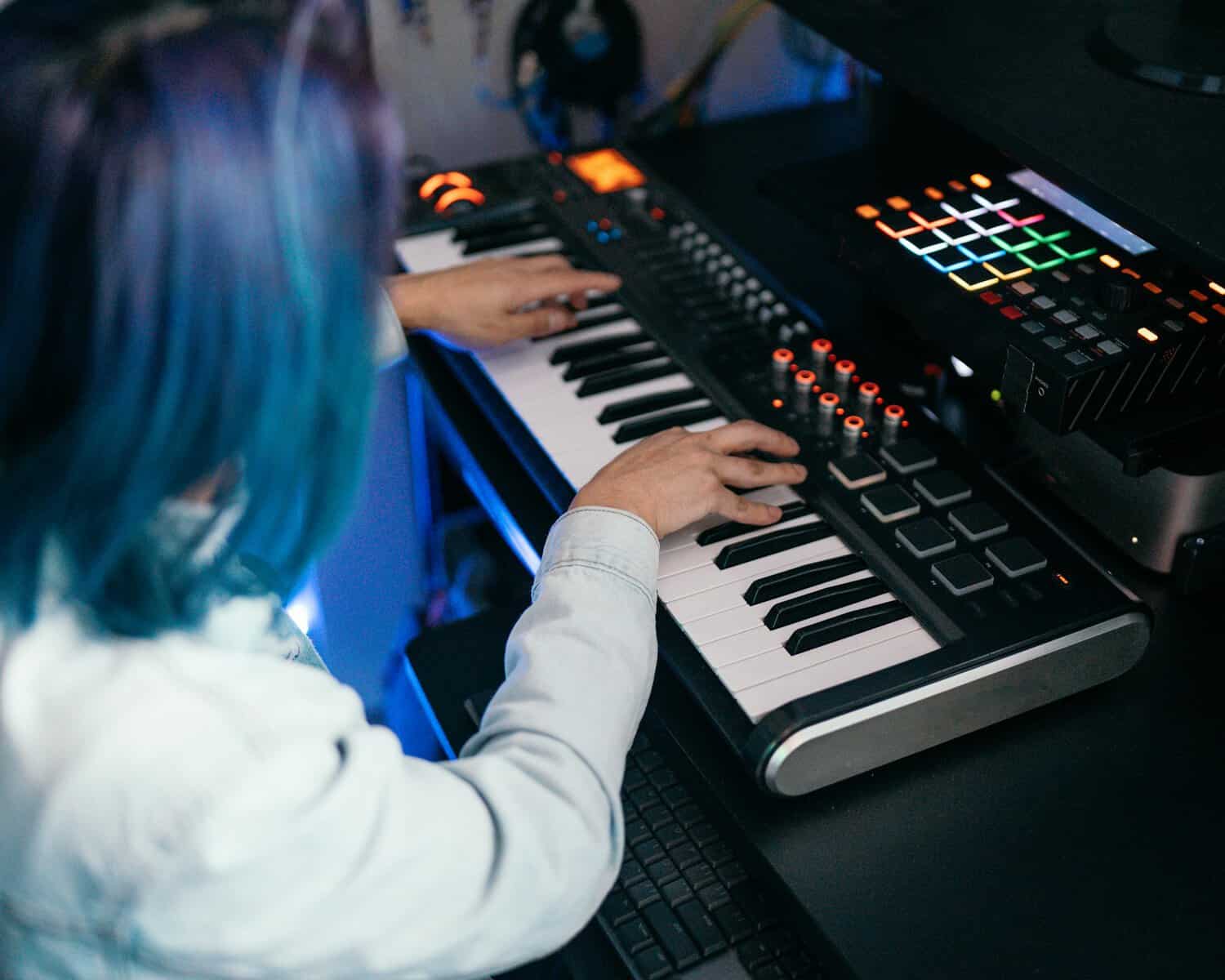In the ever-expanding universe of radio advertising, reaching the right audience with the right message has become more important than ever. With listeners’ attention more fragmented across platforms and devices, ensuring your radio ads resonate with your target audience can make all the difference. Incorporating demographic nuances into your radio advertising strategy helps enhance engagement and effectiveness, turning ordinary ads into compelling messages that stick.
Understanding the distinct needs and preferences of various demographic groups is what takes an ad from just another slot on the airwaves to a powerful tool that builds brand loyalty and drives action. By delving into what makes different audiences tick, you can craft ads that speak directly to your listeners, making them feel seen and understood.
Understanding Your Audience
Identifying and segmenting demographic groups is the first step in tailoring your radio ads for optimal impact. Knowing who you are speaking to allows you to address their specific needs and desires, making your ads more effective and engaging. Here’s how you can break down different demographic groups and factors to consider:
- Age: Younger audiences might respond better to ads with upbeat music and contemporary references, while older audiences may prefer a more classic approach.
- Gender: Certain products or services may appeal more naturally to one gender, and tailoring your message accordingly can increase receptiveness.
- Location: Regional preferences and local culture play a huge role in how ads are perceived and should influence the tone and content of your message.
- Interests: Ads that align with listeners’ hobbies or passions can seem more relevant and catch attention more effectively.
To truly reach each demographic, it’s crucial to understand these variables and how they interact with your messaging. For instance, a radio station catering to sports enthusiasts may require ads that speak the language of sports, using terms and references that are familiar and appealing to that group.
By comprehensively identifying these key elements within your target demographic, you can commence building radio commercials that are not only heard but felt. Ultimately, our goal is not just to broadcast information, but to connect emotionally, leading to higher engagement and response rates from your audience.
Tailoring Your Message
Crafting a radio ad that truly resonates starts with customizing the content to match your audience’s preferences. The key is understanding the language and tone that will engage them. Younger listeners might appreciate a playful and energetic tone, filled with humor and pop culture references. On the other hand, a more formal and informative style might work better with an adult audience who is looking for value and practicality.
Here are some tips to help you tailor your message:
- Speak their language: Use slang or regional phrases that align with your audience’s daily communication style.
- Highlight benefits: Focus on how your product or service can solve a problem or improve their life.
- Create relatable scenarios: Build an ad that paints a picture of everyday situations your audience finds themselves in.
For example, if you’re advertising a local coffee shop, start with a relatable morning scenario that captures the attention of busy professionals. Using phrases like “kickstart your day” or “a moment to unplug” can connect with those seeking a brief escape or productivity boost.
Choosing the Right Time and Frequency
The timing and placement of your radio ads are just as important as the content itself. Understanding when your target audience is most likely to listen to the radio can influence ad effectiveness.
- Morning commutes: Aim your ads at early risers who listen during their drive to work.
- Lunchtime breaks: Catch listeners who tune in during their lunch hour for a quick refresh.
- Evening relaxation: Cater to those winding down after a long day with more soothing and relaxed messages.
Frequency matters, too. Depending on your audience, hearing your ad multiple times can help it stick, while too much repetition might be counterproductive. Finding the right balance can significantly impact how well your message is received.
Creative Elements That Speak to Demographics
Selecting the right creative elements can make your ad unforgettable. Music, voices, and jingles need to align with your audience’s tastes and expectations. A catchy jingle could be memorable for a fun-loving group, while a deep and resonant voice might convey trust and reliability for another.
Consider these elements:
- Music: Choose songs that invoke the right emotions. This sets the mood and anchors your message.
- Voice: The right voice can make or break an ad. Ensure it aligns with the demographic’s expectations.
- Jingle: A strong jingle can capture attention instantly. It’s the hook that keeps your brand top-of-mind.
Crafting a compelling call-to-action is another critical piece. This should feel urgent yet authentic, encouraging listeners to act without sounding desperate. Offer a simple and clear directive, like “Visit us today!” or “Call now for more information!”
Bringing It All Together
An effective radio ad is a synergistic blend of audience understanding, precise timing, impactful creative elements, and strategic messaging. Taking the time to research and refine these areas allows you to connect with listeners efficiently and meaningfully.
Keeping tabs on how your ads perform over time ensures your strategy remains fresh and engaging. Regularly analyzing and adjusting where necessary keeps your efforts attuned to your audience’s ever-shifting desires and habits, keeping your brand relevant and your message heard.
Ready to elevate your radio advertising strategy and connect with your audience on a deeper level? Dive into the possibilities of marketing in radio with the expert guidance of Killerspots Agency. Our team is dedicated to crafting standout radio ads tailored to your unique needs. For insights and assistance in creating impactful ads that resonate, reach out to us at 513-270-2500. Let us help you transform your advertising efforts and capture your listeners’ attention.




















